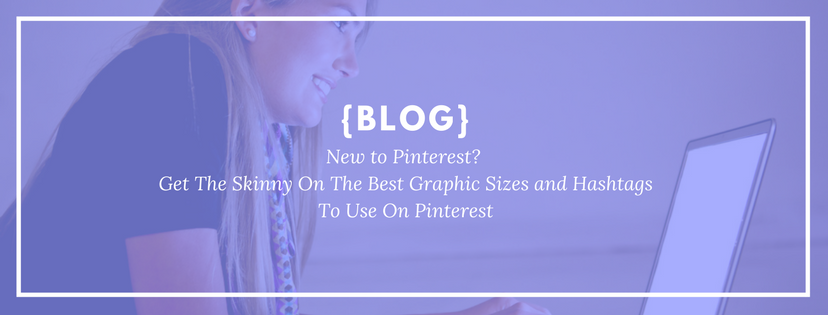What’s all the hoopla about hashtags? When it comes to social media, hashtags are a BIG deal! They are the key or more appropriately, the “link” to helping your target market find you.
How “#” Hashtags Work:
If you click on any given # in a social media post or enter it into a social media search bar, instantaneously, you will receive all of the most recent posts and content that have been “tagged” with the hashtag word or phrase you clicked on or entered. For example, if you are using Instagram and you type in the search bar: #SocialMediaRocks you will see there are over 1,200 posts you can read that are all about the topic “Social Media Rocks.” This same practice can be used on all the major social media platforms including Twitter, Facebook, Pinterest, and LinkedIn. Fun Fact: Twitter is considered to be the “birthplace” of hashtags. Due to the way Twitter operates and the enormous amount of “Tweets” that are posted every second, hashtags are critical in order to keep up to date and track the content available surrounding a certain topic, trend, conversation, event, or issue.
How Should You Use #s For Your Business?
This is a common question we get asked…a lot! The good news is, we have answers for you! We recommend you break down your hashtags into 3 major categories. Those categories are:
- Branded Hashtags – certain words or phrases that specifically describe your brand. Stumped on what you would use for branded hashtags? See if you can guess the brand behind these hashtags: #ShareACoke, #ShamrockShake, #MacchiatoMondays
- Industry Hashtags – use hashtags to describe the industry you are in.
- Trending Hashtags – use hashtags that are trending as long as they are relatable to your business or the content of your posts
Hashtag Research
Finding industry hashtags and trending hashtags requires some work but we have some resources to help you. Below is a list of resources to help you find the perfect hashtags for your posts:
- Be a stalker – this is the one time it’s ok to stalk people on the internet. Find out what industry influencers are using as hashtags in their posts. Chances are if an industry influencer is using the hashtag, it’s trending!
- Hashtagify.me – is a great tool to see what is trending in your niche and to get hashtag suggestions
- Hashtags.org – use this tool to find trending hashtags
- RiteTag.com – this tool will provide suggestions and tell you which social platform the hashtag will perform its best on
The best way to optimize your hashtags is to really understand your business, who your business attracts and how to speak your tribe’s language. Once you figure that out, you can design and craft the perfect hashtag words and phrases to attract them.
Hashtag Best Practices & Tips:
- Create 3 types of hashtags for your business (branded, industry, and trending)
- When using hashtag phrases, use capitals to separate words, example: #SocialMediaRocks
- Avoid including #hastags in the #middle of #sentences as it #makes your #content #difficult and #unpleasant to #read
- Instagram will accept up to 30 hashtags per post, post these in the comment section below your post content
- When posting hashtags on Instagram, avoid using the same hashtags over and over again as it will hurt your rank. The Instagram algorithm treats repetitive hashtags has spammy practices (a.k.a. “shadow banning)
- Always include content in your post. Refrain from just posting a string of hashtags. Your followers won’t appreciate it and they will begin to unfollow you
Download our hashtag organizer by clicking HERE
Happy Hashtagging!



 Once upon a time, Twitter was the only place hashtags were used. As understanding of how hashtags work grew, they became widely embraced by social media users. Today, hashtags have become a prominent feature within other social networks as well. In fact, they are used in all social media channels, except LinkedIn.
Once upon a time, Twitter was the only place hashtags were used. As understanding of how hashtags work grew, they became widely embraced by social media users. Today, hashtags have become a prominent feature within other social networks as well. In fact, they are used in all social media channels, except LinkedIn. Years ago, the pound sign on your phone does not serve any function. Today, however, the pound sign is considered as a vital part of your social media success. In fact, it is considered as such a prominent part of tech culture.
Years ago, the pound sign on your phone does not serve any function. Today, however, the pound sign is considered as a vital part of your social media success. In fact, it is considered as such a prominent part of tech culture.



